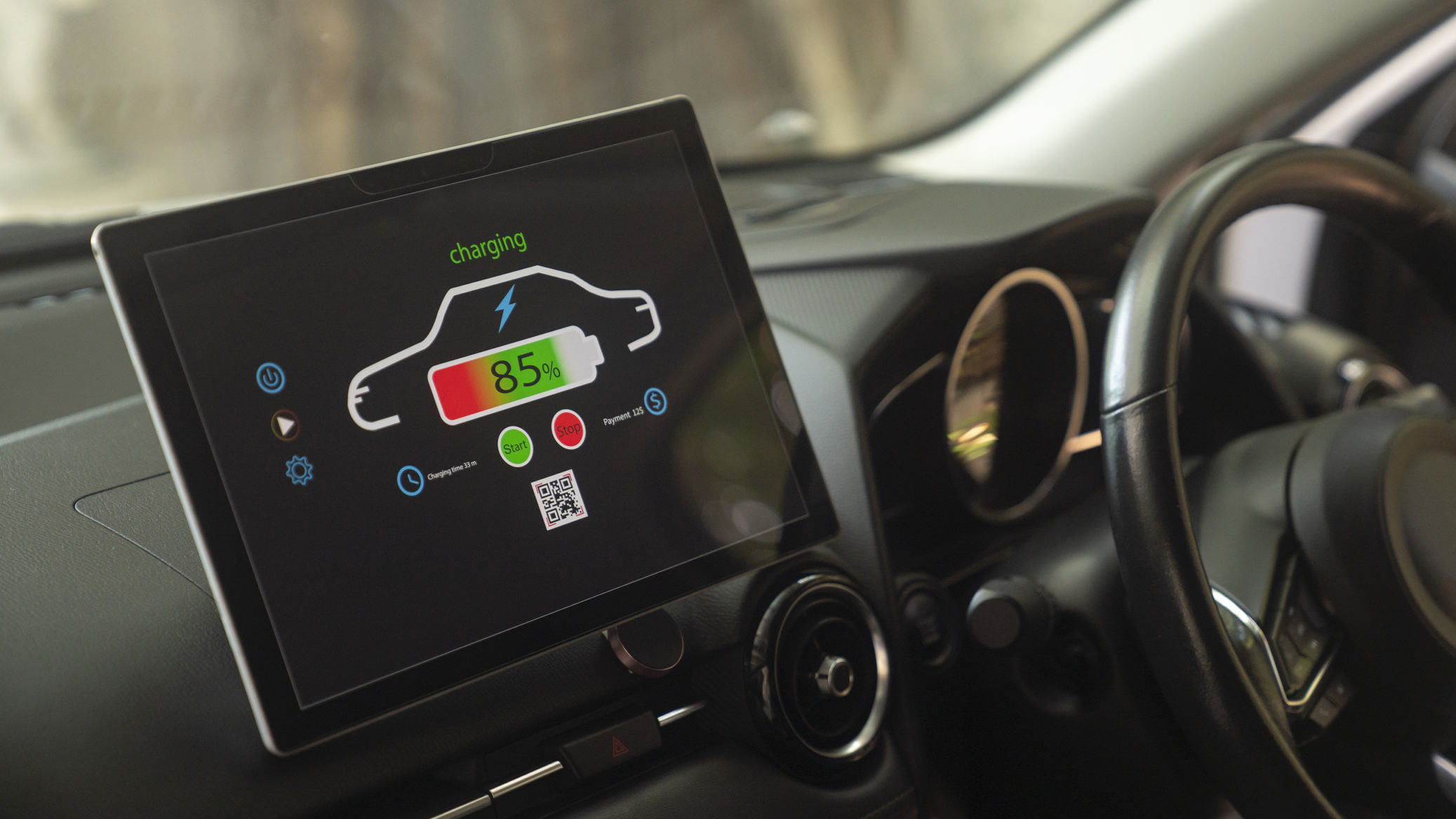Meet Japan’s bright new idea for boosting EV range – wireless charging at traffic lights

Researchers in Japan are preparing a pilot program that will embed wireless charging technology into the road surface in Kashiwa City, Chiba Prefecture, just outside Tokyo.
As reported by University Journal (through Eletrek), the idea is that electric vehicles (equipped with the right technology) waiting at traffic lights could be charged wirelessly in 10 seconds, which could add a range of about 1 km (or 0.6 miles).
That might not sound like much, but if the tests are successful, the technology could be implemented at all traffic lights in the city, which could mean an additional range of 10 to 20 miles, depending on how many red lights you hit.
According to Japan’s University Journal, the in-motion power system features vehicle sensing technology that minimizes standby power wasted by always-on transmission coils on the road. Furthermore, it is an exercise in testing durability and robustness, as these custom-made coils must be able to withstand the weight of daily traffic.
Wireless charging for electric cars is not a new concept, as BMW, Mercedes-Benz and Nissan have experimented with it and offer the technology in some form, but it requires precise parking via a specific wireless charging pad – usually with semi-autonomous driving functionality to get everything perfectly in order. Previous testing has proven it to be clunky and charging speeds to be typically slow.
In Britain, the government has funded a trial in Nottingham in which electric taxis charge their batteries wirelessly while waiting at the taxi rank outside the city’s central station. Nine hackney taxis have been specially adapted so they can charge when parked in the car park.
Volvo launched a similar campaign in Gothenburg, aiming to charge electric XC40 taxis while they waited for a ride. Volvo says its wireless technology can handle charging speeds of up to 50 kW, which is almost five times faster than some of the domestic wireless charging pads currently available.
But the research from the University of Tokyo, working with companies including Bridgestone, Mitsui Fudosan, ROHM and NSK, appears to be the first to physically build charging coils into the road surface, rather than relying on pads that sit on top of the asphalt.
The pilot program in Tokyo runs from this month to March next year, where the partners hope to prove the concept.
Wireless is the way
If successful, wireless charging could be a huge boon to the EV industry and EV owners, as manufacturers could get away with fitting lighter and cheaper battery packs, safe in the knowledge that owners will receive small amounts of charge as they go about their business , which helps to bring down the entrance fee.
Likewise, charging infrastructure would not be limited to sizeable charging stations that require a lot of land and are often currently occupied or out of use. Owners could top up while waiting at traffic lights or when parked in public spaces, without having to run cables.
Moreover, the presence of cardless payment systems in vehicles could also solve the payment problem as the vehicle would be able to keep track of all the small top-ups and then pay the bill at the end of the month. For example.
However, despite testing from the likes of Stellantis (above), wireless charging technology is still in its infancy and the currently available systems are clunky and slow. We still have a long way to go before we reach the ultimate goal: electric vehicles that charge while driving on the road.
Also imagine the road works we will all have to deal with as they tear up the roads to build all the infrastructure. Sheesh.
